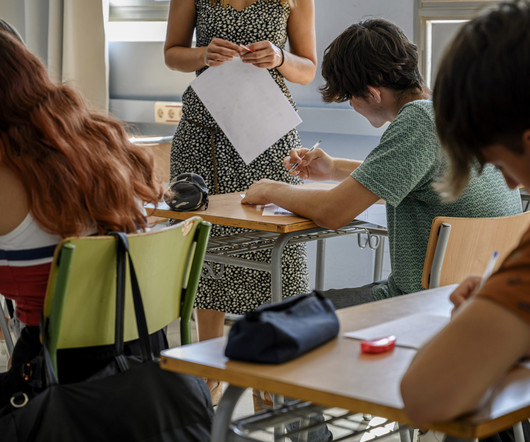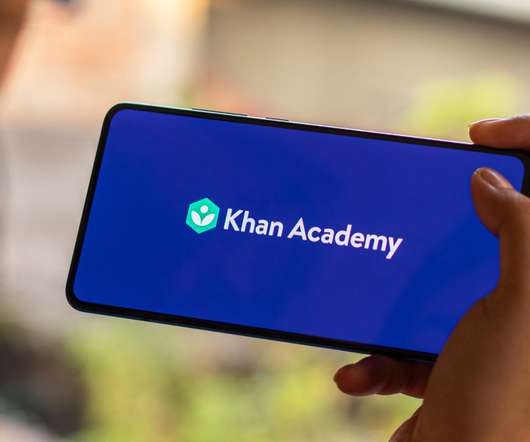OPINION: We need more problem solvers and critical thinkers for an increasingly complex world
The Hechinger Report
DECEMBER 5, 2023
That’s why I’m a fan of personalized and competency-based learning environments, in which young people do learn these skills. Students assess their own strengths and weaknesses and set learning goals in partnership with their teachers. The recent announcement by the U.S.

















Let's personalize your content